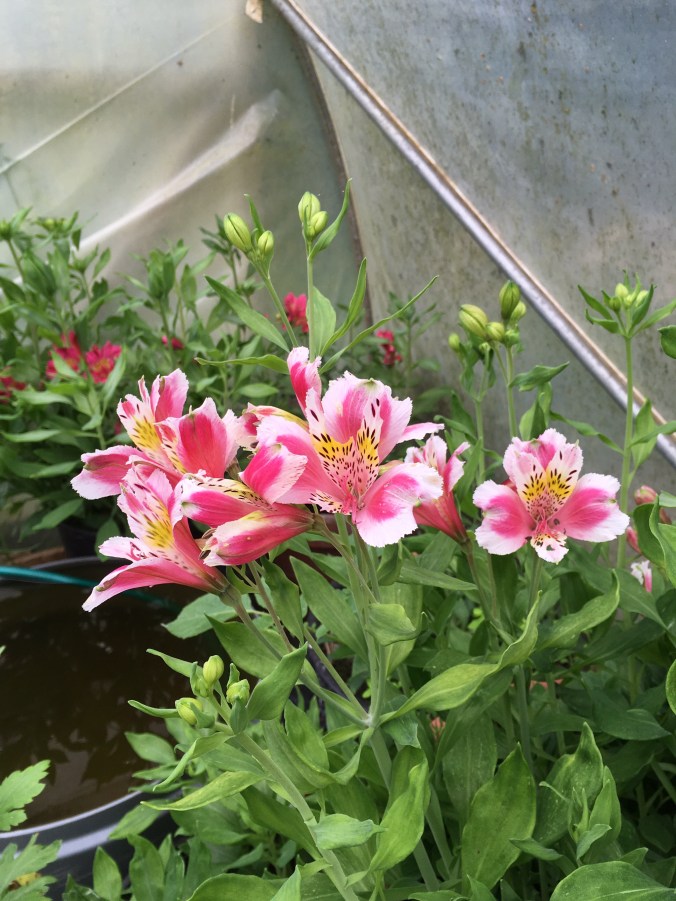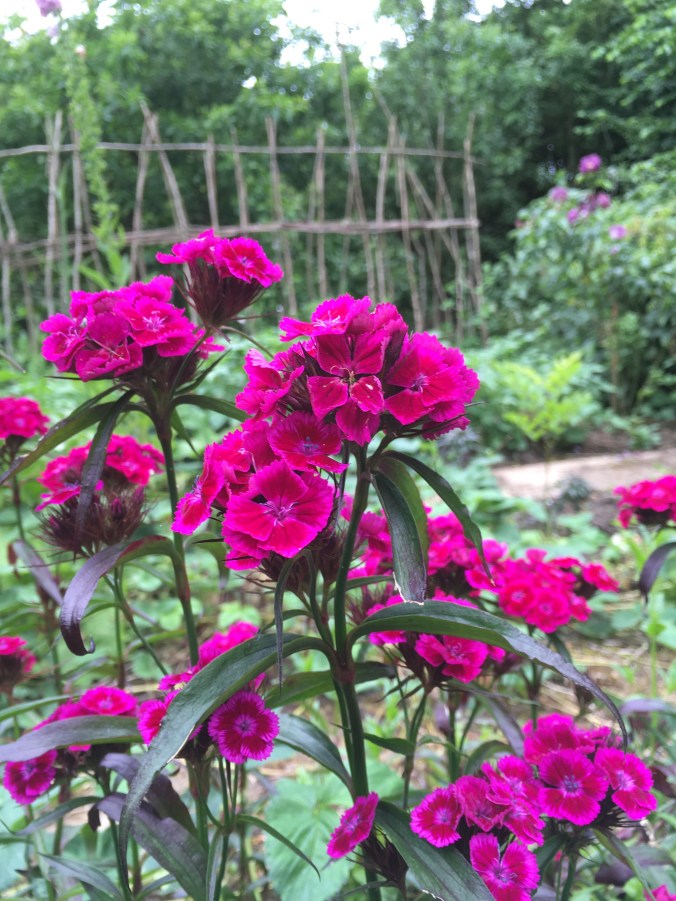Welcome again to a peaceful walk around my garden. Enjoy the sunshine and spring flowers. The temperature today is 9C. There was frost overnight. It’s still too wet to garden, so I’m continuing to tidy the potting shed and mooch in the greenhouse. I expect all the spring jobs will come at once and I’ll soon be dashing about. But for now, it’s a slow meander around the pathways, taking in every tiny jewel-like flower, breathing in the honey-scent of snowdrops. Looking in the pond for signs of life- no frogspawn yet. Soon though. There are stirrings. I peer into the water trough and watch a tiny water boatman. I watch like a child in a trance as the tiny oar-like legs propel the boatman around its miniature world. A world I created. A simple metal tank, with a few spare oxygenating plants thrown in. I marvel at how easy it is to help wildlife. I quietly whisper ” I made this for you.” The water boatman dips and dives and delights in its domain. And I revel in every second of quiet and calming observation, with no other purpose than to just enjoy this moment.

White primulas on the garden tables. We’ve had honey bees looking for pollen, and a few sleepy bumble bees ‘bumbling’ about crashing around the garden. I’ve rescued a few, utterly helpless and disorientated, and set them upon a patch of wild primroses.

Aconites, or gold coins, as we call them, are spreading nicely in the far corners of the garden, undisturbed. This is the first year they have had to fight with cowparsley leaves, emerging early due to warm temperatures. I might have to intervene.

There’s more cowparsley at the top of the garden. I’ve never seen it look so lush in February. The hellebores will have a race to flower and set seed before being over-run by the pretty but invasive weeds.

At the top of the garden we store our wood ready for chopping for the fire. I stood and marvelled at the beauty of this red-stained heartwood. Sadly the tree succumbed to disease and died. But it will have another purpose for a year or two as a home for spiders, woodlice, springtails, beetles – insects that will in turn provide food for mammals such as hedgehogs, and birds. Blackbirds and robins thrive in this garden.

Snowdrops are spreading along the leafmould paths. Each year I divide them and move them further along the tree-lined tracks.

Snowdrop corner. Filling out nicely. Snowdrops come from Easton Walled Gardens, Hodsock Priory and National Garden Scheme open garden days.

Snowdrops look cheerful placed on the potting shed windowsill where I can look out and see them while I’m working indoors.

I’m very fond of this snowdrop, Galanthus nivalis Viridapice. Such delicate green-tipped petals.

I bought just three Madeline snowdrops three years ago from Thenford gardens. It must be happy, as now there’s nine flowers. It grows in nice moist leaf-mould soil under deciduous trees.

But I’m just as happy with my plain native snowdrops, Galanthus nivalis, growing all along the hedgerow between the garden and the lane.

Regular readers know that after a ramble around the garden, I always take you out of the top gate and along the ridgeway footpath behind my plot. It’s good to see the changing seasons in the countryside. Our neighbouring farmer has finally managed to plough the field. It’s the first time he’s been able to get on the land due to the record amounts of rain we’ve had here over autumn and winter. Ditches are still full, and overflowing at the bottom of the hill.

There’s still a few crab apples lying in the hedgerow. We had a record harvest last autumn. Good news for all the birds and mammals eating them through the winter.

Some welcome signs of spring. Blackthorn blossom is starting to emerge.

And elderflower leaves are unfurling. The hedgerow is waking up.

Almost hidden in the brambles is a concrete trig point. A reminder of the past. Measurements were taken from theodolites placed on top. This one dates back to around 1936. They were built between the 1930s and 1962 and sited on the peaks of hills. It’s no wonder our garden is so windswept. We are at the highest point for miles around.
I hope you’ve enjoyed your walk around my garden. Leave me a message to let me know what’s flowering in your garden right now. And thank you for reading. I’ve checked the ‘stats’ and I am amazed to see 140,000 views for the piece on the dangers of sepsis and gardening injuries, and 70,000 views of these quiet rambles around my garden. I’m very grateful for every single reader.
Links: Six on Saturday- I follow this blog and like to join in. https://thepropagatorblog.wordpress.com/2020/02/08/six-on-saturday-08-02-2020/
In a Vase on Monday- another blog I enjoy: https://ramblinginthegarden.wordpress.com/2020/02/03/ina-vase-on-monday-in-the-queue-for-green/
Waterboatman: https://www.wildlifetrusts.org/wildlife-explorer/invertebrates/bugs/lesser-water-boatman
Snowdrops, Easton https://www.visiteaston.co.uk/
Snowdrop festival NGS :https://ngs.org.uk/snowdrop-festival-brings-first-signs-of-spring/
Elderflower https://www.woodlandtrust.org.uk/trees-woods-and-wildlife/british-trees/a-z-of-british-trees/elder/
All about the history of trig points : https://www.bbc.co.uk/news/in-pictures-36036561




















 Links:
Links: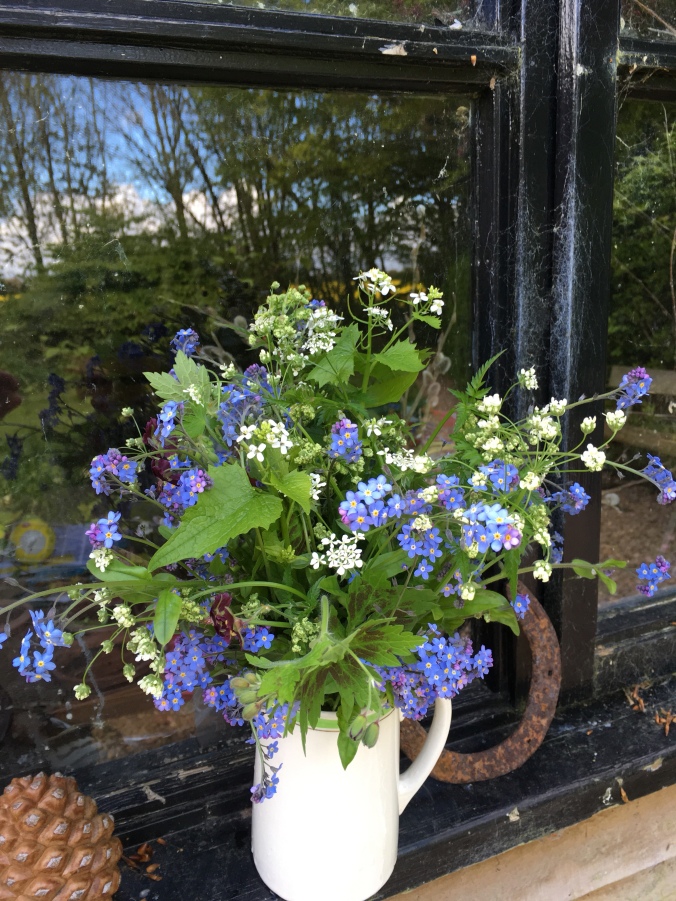


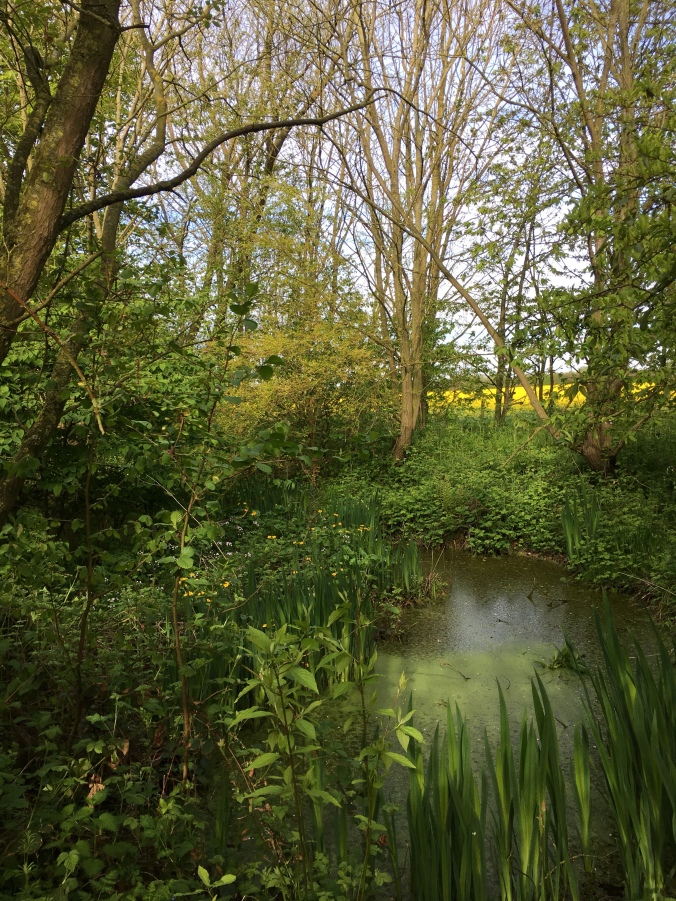








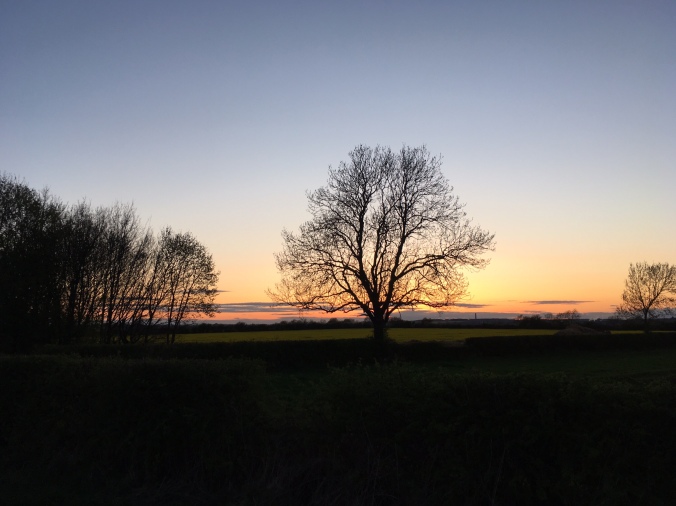
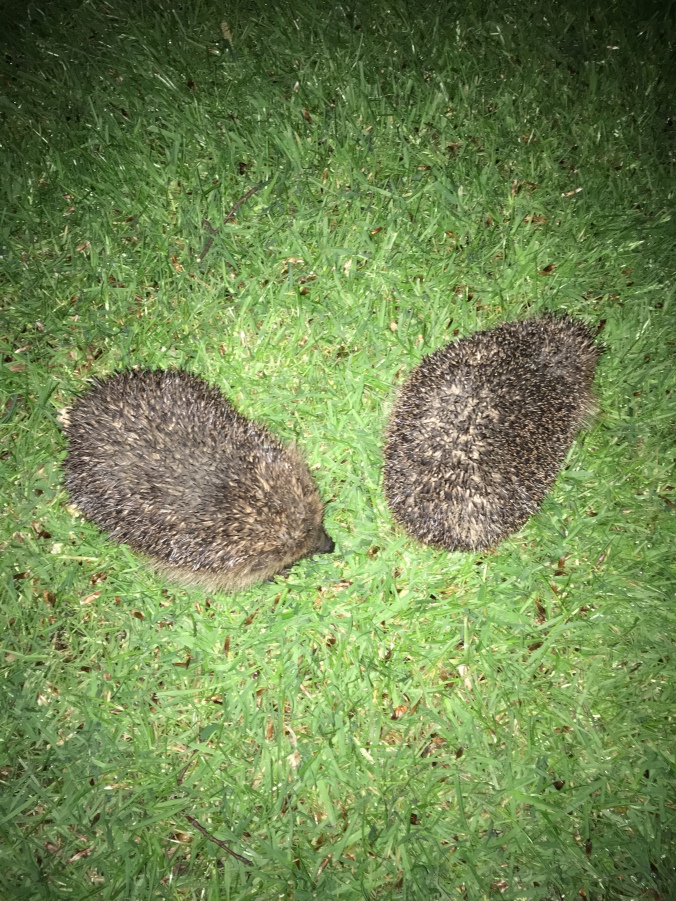 I hope you’ve enjoyed this slide show of my garden at the end of April and into the first week of May. Enjoy your Bank Holiday weekend. I’m hoping to spend some time just sitting in my favourite garden chair. If I can possibly ignore all the weeds growing rampant in the background!
I hope you’ve enjoyed this slide show of my garden at the end of April and into the first week of May. Enjoy your Bank Holiday weekend. I’m hoping to spend some time just sitting in my favourite garden chair. If I can possibly ignore all the weeds growing rampant in the background!





















